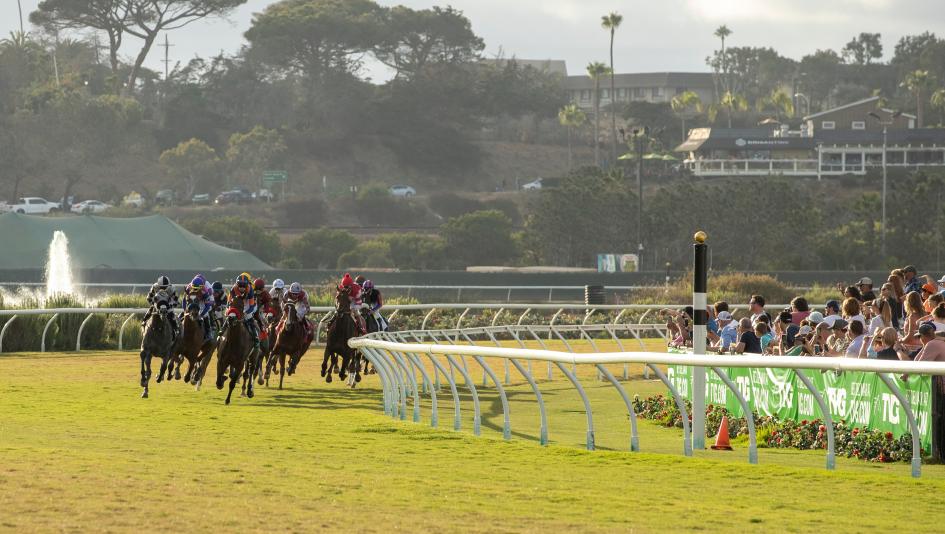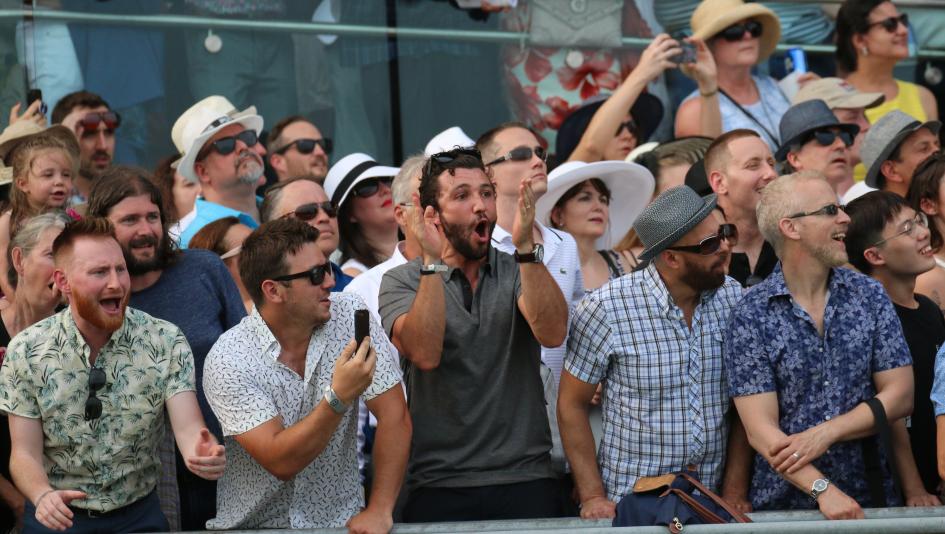Even some of the most casual racing enthusiasts know Seabiscuit and the illustrious match race he won in 1938 against War Admiral.
Result of the best-selling book Seabiscuit: An American Legend and the blockbuster movie based on the book brought global attention to Seabiscuit's four-length triumph over the Triple Crown winner, which BloodHorse named the most significant single race in history.
However uncommon match races may be today, Seabiscuit was an experienced competitor. Before being bought by Charles Howard and trained by Tom Smith, Seabiscuit had previously triumphed in a small two-horse handicap race at Saratoga in 1936.
And on August 12, 1938, just two and a half months before his race against War Admiral, Seabiscuit competed in another match race with a far tighter outcome. And a considerably more contentious result.
Seabiscuit competed in the $25,000 race at Del Mar against the gifted Ligaroti, an Argentine runner who had previously been a top-tier equine in his home nation. Ligaroti and Seabiscuit's owners were connected and added excitement to the one 1/8-mile race, which would be run as a wager-free demonstration. Binglin Stable, the partnership of Charles Howard's son Lin and the well-known performer and actor Bing Crosby, who also co-founded Del Mar, owned Ligaroti.
The fact that Ligaroti was trained by Tom Smith's son Jimmy Smith was an even more fantastic coincidence since it meant that the father-son theme of the race would also apply to the trainers.
The 22,000 spectators who turned out for the game were treated to exciting racing immediately. Seabiscuit and Ligaroti, both being ridden by George Woolf and being ridden by Noel "Spec" Richardson, engaged in a duel for the lead and were never more than a head apart as they struggled over a complex half-mile in:46 2/5 and arduous three-quarters of a mile in:10.05. With Ligaroti still in the race and Seabiscuit carrying 130 pounds (15 more), Ligaroti had a slim lead going into the stretch.
Ligaroti fought back as the audience cheered in delight, and the two horses crossed the finish line together at a track-record pace of 1:49 flat. The race's outcome could have gone either way, but Seabiscuit was ahead when it mattered.
However, there was a stewards examination into the run down the stretch before the race was deemed official. The Daily Republican reported on August 13, 1938, that "board members called [the jockeys] for an explanation of the purported rodeo tactics that most viewers missed in the intensity of the neck-and-neck battle," amidst rumors of aggressive riding.
According to 13, Richardson claimed that Woolf "had grabbed Ligaroti's bridle during the run down the backstretch," while Woolf reportedly stated that Richardson "had grabbed my whip hand when he headed into the stretch."
Despite both jockeys' suspensions for their behavior, the stewards ultimately permitted the results to stand. Later, footage from the race would show that Richardson was the one who started the altercation, which was the subject of conversation and newspaper articles for days, if not weeks, following the race.
Even though Del Mar, which had just recently begun operations, received tremendous notoriety from the event, not everyone was happy with the results.
The match race "left such a sour taste," according to Cincinnati Enquirer writer Jack Cuddy, that there was conjecture that "there'll never be another match race on that track," according to an article that appeared in the paper on August 24, 1938. There wouldn't be another match race at Del Mar for 56 years, despite that prediction not nearly coming true.
The victory over Ligaroti was Seabiscuit's fourth of the year, and his subsequent triumph over War Admiral earned him the title of Horse of the Year and improved his match race record to a perfect 3-for-3. Simply put, you didn't want to mess with Seabiscuit in a head-to-head conflict!



Login To Leave a Comment